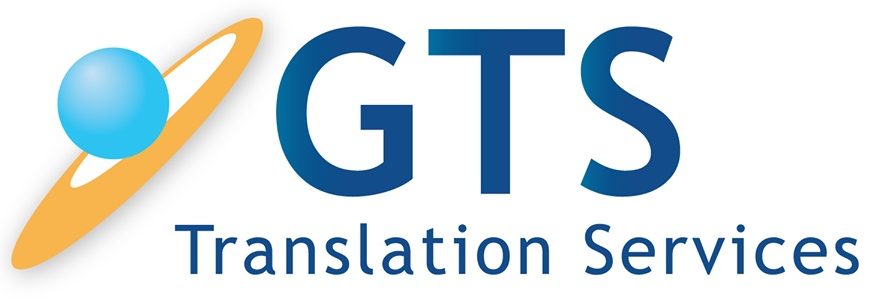In today’s AI landscape, regional and under-resourced languages are finally coming into focus. Companies building voice assistants, chatbots, and other conversational systems increasingly need high-quality dialog data—not just in English, Mandarin, or Spanish, but in languages spoken by tens of millions who’ve historically been underserved. Gujarati, with over 55 million speakers globally, is one such example (Census of India, 2011).
Why Gujarati Matters in AI
Gujarati is India’s sixth-most spoken language by native speakers (Census of India, 2011), and also has strong diaspora communities in the UK, North America, and East Africa. Despite this, it remains largely absent from mainstream NLP benchmarks and commercial AI tools. Supporting Gujarati is not just culturally inclusive—it’s a business imperative. Brands entering South Asia or engaging Gujarati-speaking audiences need AI systems that can understand natural, daily interactions.
Gujarati is not only widely spoken in India but also has a significant presence in diaspora communities, particularly in the United States, where it ranks among the most commonly spoken foreign languages (GTS Translation Blog).
What Makes a Conversational Dataset “High-Quality”?
Not all language datasets are created equal. For effective AI training, datasets need specific features:
-
Pure Gujarati: Avoiding Hindi-English code-mixing ensures models learn native syntax and lexicon (Shrutilipi Corpus, AI4Bharat).
-
Two-person dialogues: This structure teaches AI how turn-taking works in real conversations.
-
Volume: Commercial models typically need at least 400,000 turns to train effectively. Publicly available corpora like the LDC-IL Gujarati Raw Speech Corpus cover just 57 hours with 204 speakers (LDC-IL, 2020).
-
Contextual coherence: Conversations must flow naturally, reflecting real-life situations—not artificially generated text.
-
Clean content: Many public corpora lack comprehensive filtering for political, religious, or sensitive personal data (Privacy and NLP, 2022).
These criteria ensure the resulting model is useful, safe, and adaptable across domains like virtual assistants, call centers, and educational tools.
The Opportunity for Data Creators
Language researchers, tech companies, and community groups with access to Gujarati speakers have a major opportunity to fill this data gap. Here’s how:
-
Diverse recruitment: Capture accents and dialects from across Gujarat and diasporas.
-
Unscripted recording: Natural conversations—like weekend plans or home repairs—are far more valuable than read-aloud texts.
-
Careful annotation: Transcriptions must be accurate, grammar-correct, and contextually logical.
-
Data at scale: Reaching 400,000+ speaker turns is achievable through structured workflows.
Community-led efforts such as AI4Bharat’s crowdsourced Gujarati speech dataset show what’s possible with grassroots mobilization (AI4Bharat Indic Corpora, 2023).
Organizations like GTS (Global Translation Services) are uniquely positioned to contribute to this growing demand. With their established infrastructure for multilingual content creation and a proven track record in regional language support, GTS could play a pivotal role in building or curating large-scale Gujarati conversational datasets. Leveraging their network of native-speaking linguists and their expertise in quality assurance, GTS can ensure that the data collected is not only linguistically sound but also adheres to the ethical, cultural, and technical standards required by today’s AI systems. This positions GTS not just as a language service provider, but as a potential data innovation partner in the evolving conversational AI ecosystem.
Who’s Buying—and Why?
Companies like Datatang are leading global providers of AI training datasets, offering off-the-shelf and custom-built corpora across speech, text, image, and video. With operations in Beijing and Sunnyvale, Datatang serves over 1,000 clients worldwide and employs thousands of annotators (Datatang Corporate Profile, 2024). Their demand for large-scale Gujarati conversational data underscores a growing industry trend: the hunger for region-specific AI capabilities.
Large language models and speech assistants can’t afford to ignore major linguistic communities like Gujarati speakers. To serve such populations, they need massive, context-rich, and clean datasets—which are currently in short supply.
Challenges & Considerations
While the opportunity is real, it’s not trivial:
-
Ethical sourcing: Consent and privacy are essential, especially under GDPR and similar laws (Privacy and NLP, 2022).
-
Quality control: Accurate transcription, realistic context, and speaker turn balance are critical.
-
Scalability: Collecting 400,000+ turns demands structured tools, speaker tracking, and annotation teams.
Even in the public domain, travel-based Gujarati dialogue corpora are rare, and when they exist, they often lack breadth or are domain-specific (Shah & Patel, 2021).
Conclusion: A Moment of Opportunity
The AI world is shifting—fast. Regional languages like Gujarati are stepping into the spotlight, and the need for high-quality conversational data is urgent. For those with linguistic resources, technical expertise, or community ties, this is more than a research challenge—it’s a business opportunity and a cultural contribution.
References
-
“As of the 2011 census, Gujarati had over 55 million native speakers, making it India’s sixth most‑spoken language and 26th worldwide.” Wikipedia
-
“The LDC‑IL Gujarati Raw Speech Corpus provides around 57 hours of speech from 204 speakers across domains such as ‘contemporary text’, ‘creative text’, and dates.” data.ldcil.org
-
“AI4Bharat’s IndicNLP catalog includes a crowdsourced multi‑speaker Gujarati speech dataset—among the first community‑driven efforts for Gujarati voice data.” GitHub
-
“Most existing datasets (like CC100) consist of monolingual web‑scraped text, which lacks structured two‑person conversational context and may include code‑mixing.” Papers with CodeMetatext
-
“A travel‑domain Gujarati conversation dataset was collected under ethical guidelines, ensuring no personally identifiable information and participant consent.” FutureBeeAI
-
“High‑quality corpora require ethical practices including informed consent, speaker diversity, domain balance, and filtering out sensitive content.” defined.aiACL Anthology
-
“Dialogue systems trained on data lacking privacy and bias safeguards risk replicating harmful behavior, data leakage, or reinforcing stereotypes.” arXivarXiv





